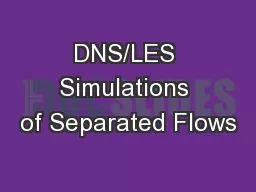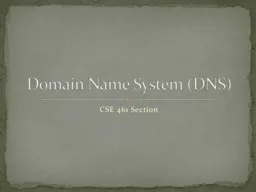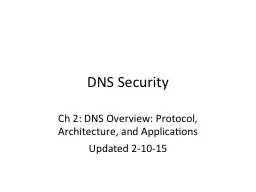PPT-DNS/LES Simulations of Separated Flows
Author : liane-varnes | Published Date : 2018-02-22
P Balakumar Flow Physics and Control Branch NASA Langley Research Center Symposium on Advances in Turbulence Modeling July 13 2017 Ann Arbor MI Objectives Perform
Presentation Embed Code
Download Presentation
Download Presentation The PPT/PDF document "DNS/LES Simulations of Separated Flows" is the property of its rightful owner. Permission is granted to download and print the materials on this website for personal, non-commercial use only, and to display it on your personal computer provided you do not modify the materials and that you retain all copyright notices contained in the materials. By downloading content from our website, you accept the terms of this agreement.
DNS/LES Simulations of Separated Flows: Transcript
Download Rules Of Document
"DNS/LES Simulations of Separated Flows"The content belongs to its owner. You may download and print it for personal use, without modification, and keep all copyright notices. By downloading, you agree to these terms.
Related Documents














